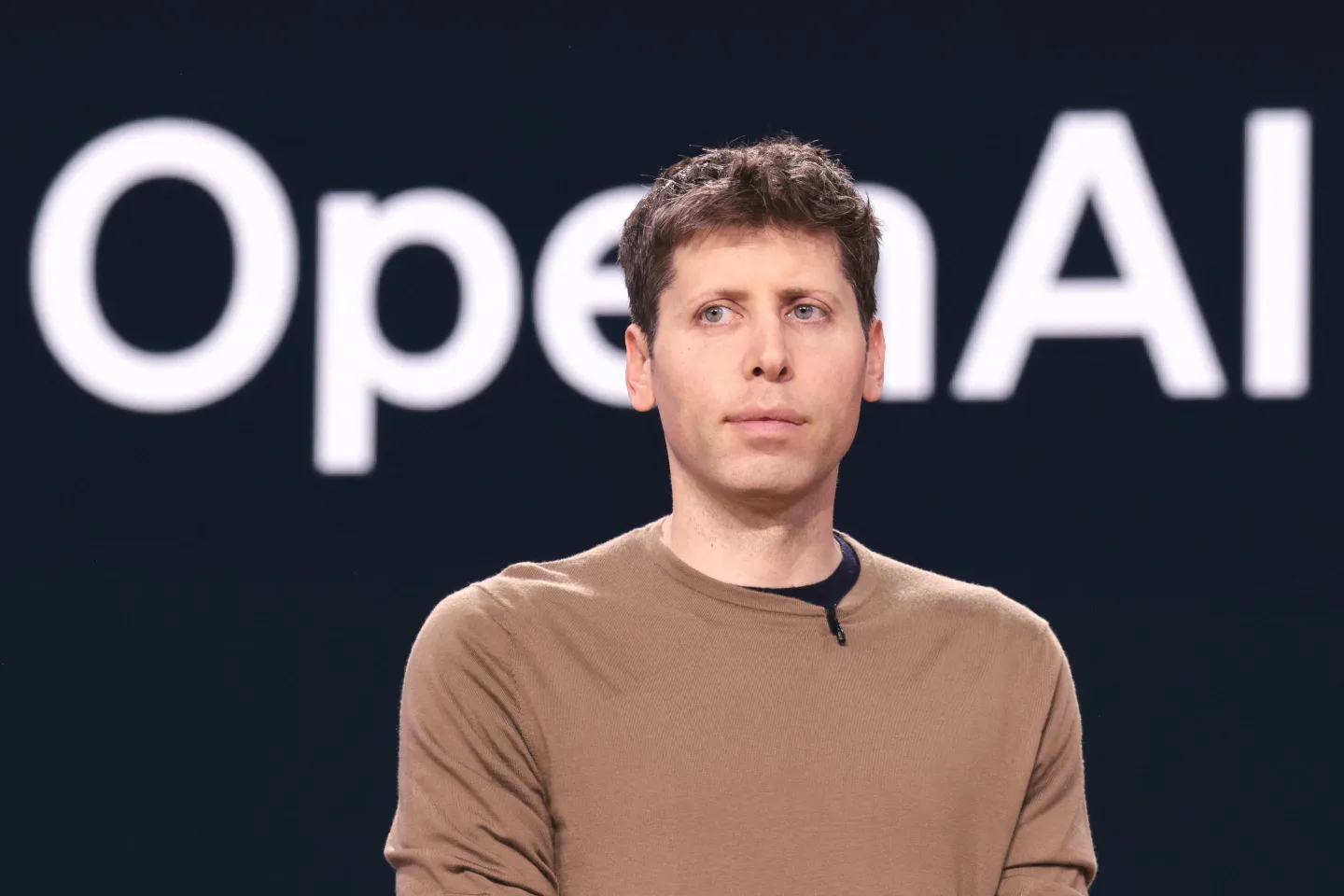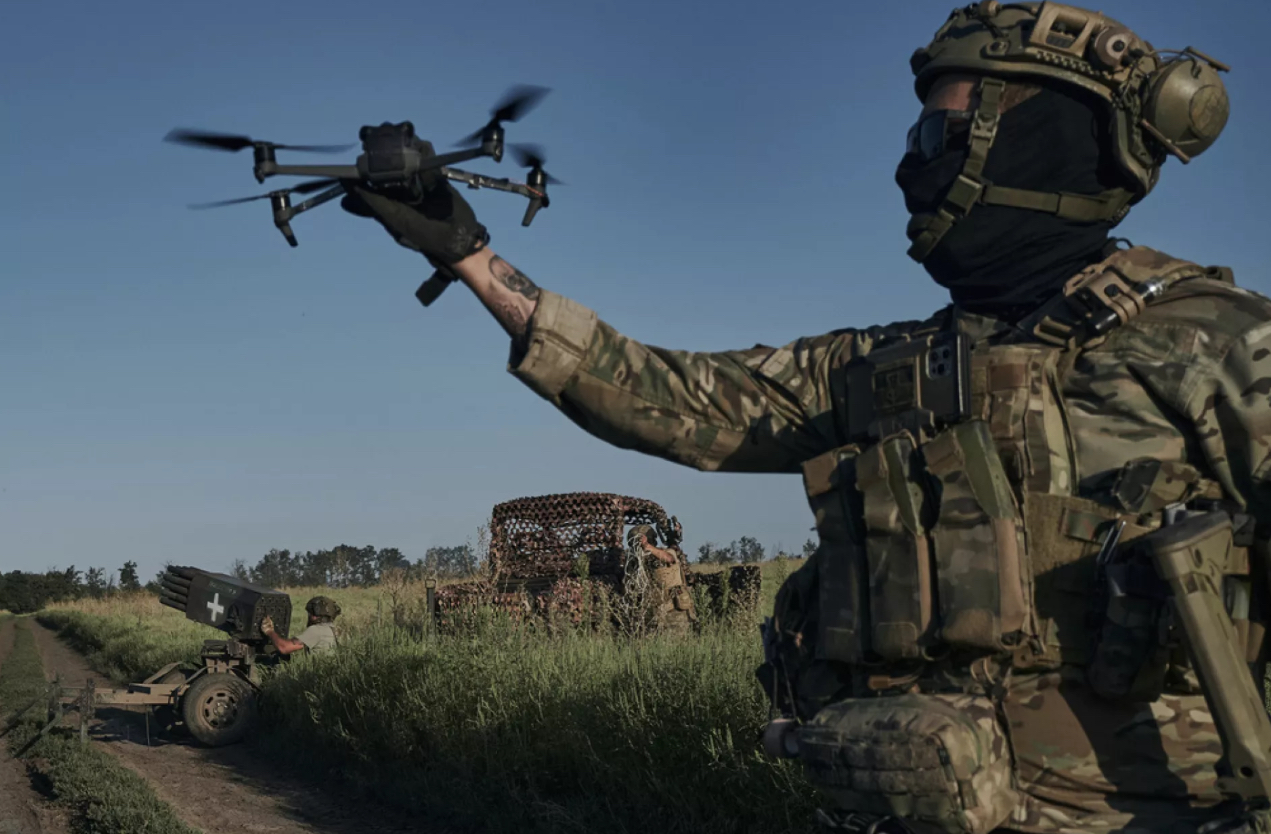According to OpenAI’s chief, Sam Altman, we’ve already passed the point of no return on the path to super-intelligence. The revolution isn’t a Hollywood explosion; it’s a quiet, exponential creep that’s already reshaping our world.
Sam Altman, the CEO of OpenAI and a central figure in the artificial-intelligence revolution, has a message for humanity: The take-off has started. In a recent, prescient essay, he argues that we are not waiting for the singularity, that hypothetical moment when technological growth becomes uncontrollable and irreversible. We are living through its opening act.
It is, however, a narrative that comes with an important caveat. Sam Altman is the chief hyper of LLMs; that is his job. As the leader of the world’s most prominent AI company, he has a vested interest in fostering a sense of both inevitability and urgency. So, while his predictions may not be incorrect, they should be taken with a grain of salt, as they are inseparable from his role as the technology’s most powerful evangelist.
He calls it “the gentle singularity.” Forget city-levelling robots and dystopian futures. The reality, so far, is far less weird. We still get sick, we can’t vacation on Mars, and the fundamental mysteries of the universe remain. And yet, something profound has shifted. We have built digital tools that, in many domains, are already smarter than us. The most difficult work, the initial scientific breakthroughs that led to models like GPT-4, is behind us. We’ve crossed the event horizon.
Altman paints a near-future timeline that feels both breathtaking and plausible. By late 2025, he foresees AI “agents” capable of performing genuine cognitive work, permanently altering fields like software development. By 2026, he expects systems that can generate novel scientific insights, moving from mere data synthesis to true discovery. And by 2027, the revolution may finally get its legs, with robots capable of performing complex tasks in the physical world.
This isn’t just a faster version of today. By the 2030s, Altman predicts that two of humanity’s oldest constraints, intelligence and energy, will become wildly abundant. This abundance will unlock a future that is, in his words, “vastly better than the present.”
The engine driving this breakneck acceleration is a powerful feedback loop. Altman identifies its most crucial component as what he poetically calls a “larval version of recursive self-improvement.” Put simply, we are now using advanced AI to conduct AI research itself. When you can compress a decade of research into a year, or perhaps a month, the rate of progress becomes unlike anything in human history.
This primary loop is reinforced by others. The immense economic value created by AI has ignited a “flywheel” of investment, funding the colossal data centers that are the cathedrals of this new age. Soon, this will extend into the physical world. Imagine humanoid robots, built the old-fashioned way, that then automate the entire supply chain, from mining materials to running factories, to build more robots and more data centers. The cost of intelligence, Altman posits, will eventually plummet, converging toward the cost of the electricity that powers it.
While this exponential curve promises staggering advances, it also forces a societal reckoning. Entire classes of jobs will vanish. But Altman reframes this challenge as an opportunity. The world will become so much richer, so quickly, that we can seriously entertain new social contracts and policies previously confined to fantasy.
He offers a striking analogy: a subsistence farmer from a thousand years ago would look at our modern office jobs and see them as “fake,” little more than games we play because our basic needs are met with unimaginable luxury. Likewise, future observers, floating in AI-powered plenty, may shrug at the work we invent next and label it equally artificial. Yet for the people actually doing those jobs in their own era, the roles will feel urgent and meaningful, precisely because they hinge on creativity, human connection, and vision. What looks frivolous from afar still satisfies our near-term drives for purpose and status up close.
However, this utopian potential comes with a monumental task. Altman lays out a critical two-step plan for navigating the transition.
First, we must solve the “alignment problem.” This is the challenge of ensuring that AI systems act in accordance with humanity’s collective, long-term interests. For a stark example of misaligned AI, he points to social-media feeds. Their algorithms are brilliant at capturing our short-term attention, often by exploiting psychological vulnerabilities at the expense of our long-term well-being. Aligning a super-intelligence is this problem magnified to an existential scale.
Second, once alignment is technically solvable, we must focus on making super-intelligence cheap, widely available, and radically decentralised. Concentrating this power in a single company or country would be catastrophic. The goal is to create a “brain for the world,” a tool that empowers everyone.
In this new paradigm, the hierarchy of value is inverted. For decades, the “idea guys”, those with vision but not the technical skill to build, were often dismissed. Now, as AI makes the execution of ideas vastly easier, having a great idea becomes the ultimate superpower.
Altman’s vision is not an alarm bell but a call to focus. He reminds us that the exponential curve of progress always looks vertical when looking forward and deceptively flat looking back. If you had read his predictions for 2025 back in 2020, they would have sounded like pure science fiction. Today, they feel like an imminent reality. The gentle singularity is underway, and its wonders are becoming routine. We are climbing the curve, bit by bit, into a future we can barely imagine. Or so he says …
Disclaimer: Important Legal and Regulatory Information
This report is for informational purposes only and should not be construed as financial, investment, legal, tax, or professional advice. The views expressed are purely analytical in nature and do not constitute financial guidance, investment recommendations, or a solicitation to buy, sell, or hold any financial instrument, including but not limited to commodities, securities, derivatives, or cryptocurrencies. No part of this publication should be relied upon for financial or investment decisions, and readers should consult a qualified financial advisor or regulated professional before making any decisions. Bretalon LTD is not authorized or regulated by the UK Financial Conduct Authority (FCA) or any other regulatory body and does not conduct activities requiring authorization under the Financial Services and Markets Act 2000 (FSMA), the FCA Handbook, or any equivalent legislation. We do not provide financial intermediation, investment services or portfolio management services. Any references to market conditions, asset performance, or financial trends are purely informational and nothing in this report should be interpreted as an offer, inducement, invitation, or recommendation to engage in any investment activity or transaction. Bretalon LTD and its affiliates accept no liability for any direct, indirect, incidental, consequential, or punitive damages arising from the use of, reliance on, or inability to use this report. No fiduciary duty, client-advisor relationship, or obligation is formed by accessing this publication, and the information herein is subject to change at any time without notice. External links and references included are for informational purposes only, and Bretalon LTD is not responsible for the content, accuracy, or availability of third-party sources. This report is the intellectual property of Bretalon LTD, and unauthorized reproduction, distribution, modification, resale, or commercial use is strictly prohibited. Limited personal, non-commercial use is permitted, but any unauthorized modifications or attributions are expressly forbidden. By accessing this report, you acknowledge and agree to these terms-if you do not accept them, you should disregard this publication in its entirety.



